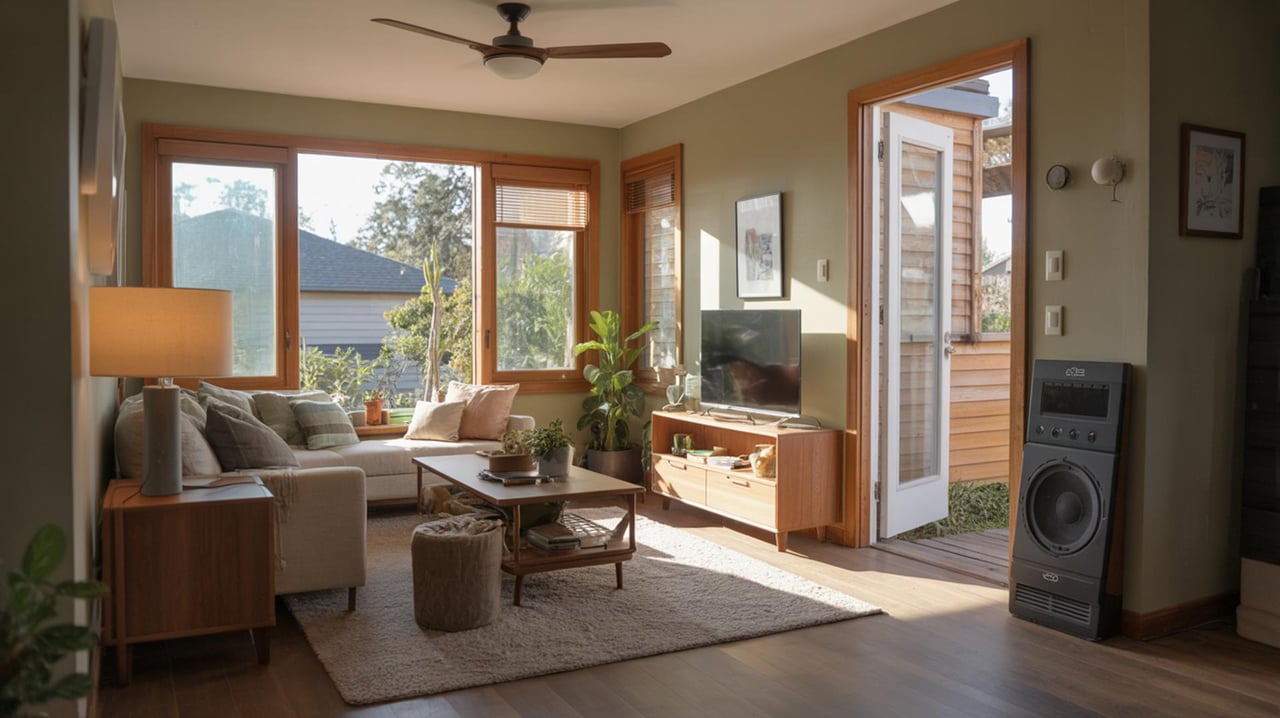
Discover Budget-Friendly Home Energy Hacks in East Bay CA
Real Estate November 6, 2025

Real Estate November 6, 2025
In the East Bay, CA, where the cost of living can be high, finding ways to save on home energy bills is a practical approach to managing expenses. Implementing budget-friendly energy hacks can lead to significant savings while also contributing to environmental sustainability. These strategies are not only easy to implement but also effective in reducing energy consumption without compromising comfort.
One of the simplest ways to improve energy efficiency in your home is by sealing gaps and cracks around windows, doors, and other areas where air may escape. In older homes, especially in neighborhoods like Berkeley or Oakland, these gaps can lead to significant heat loss during the winter and heat gain during the summer. Using weatherstripping or caulk to seal these openings can prevent drafts, helping to maintain a consistent indoor temperature and reducing the need for heating and cooling.
A programmable thermostat is an excellent investment for controlling your home's temperature more efficiently. By setting your thermostat to adjust the temperature automatically based on your schedule, you can reduce energy usage when you're not home or during the night. In the East Bay, where temperatures can vary, this can lead to substantial savings on heating and cooling costs. Many modern thermostats also offer smart features that allow remote control via smartphone apps, providing even more flexibility.
Switching to energy-efficient lighting is a straightforward way to reduce electricity consumption. LED bulbs, for example, use significantly less energy than traditional incandescent bulbs and have a longer lifespan. In areas like Walnut Creek or Alameda, where homes often have multiple lighting fixtures, replacing old bulbs with LEDs can lead to noticeable savings on your electricity bill. Additionally, utilizing natural light during the day by opening curtains and blinds can further decrease the need for artificial lighting.
Many electronics continue to draw power even when turned off, a phenomenon known as "phantom load" or "vampire power." In homes across the East Bay, this can add up to a significant portion of your energy bill. Unplugging devices like chargers, televisions, and computers when they're not in use can prevent this unnecessary energy consumption. Alternatively, using power strips with an on/off switch can make it easier to disconnect multiple devices at once.
Water heating is a major energy expense in many households. By lowering the temperature setting on your water heater to around 120 degrees Fahrenheit, you can reduce energy usage without sacrificing comfort. In areas like Richmond or Concord, where water heating costs can be substantial, this simple adjustment can lead to noticeable savings. Additionally, insulating your water heater and the first few feet of hot water pipes can help retain heat, further improving efficiency.
Ceiling fans are an effective way to enhance air circulation in your home, making it feel cooler in the summer and warmer in the winter. In the East Bay, where climate conditions can vary, using ceiling fans in conjunction with your HVAC system can reduce the need for heating and cooling. During the summer, set fans to rotate counterclockwise to create a cooling breeze, and in the winter, switch them to clockwise to push warm air down from the ceiling.
Conducting a home energy audit can identify areas where energy efficiency improvements are needed. While professional audits are available, a DIY audit can also be effective. Check for drafts, inspect insulation levels, and evaluate the efficiency of your appliances. In neighborhoods like Fremont or Hayward, where homes may have unique energy needs, an audit can provide valuable insights into specific areas for improvement, helping you prioritize energy-saving measures.
Washing clothes in cold water is an easy way to save energy, as heating water accounts for a significant portion of the energy used in laundry. Modern detergents are designed to work effectively in cold water, making this a practical option for households in the East Bay. Additionally, air-drying clothes when possible can further reduce energy consumption associated with using a dryer.
While it may require an initial investment, installing energy-efficient windows can lead to significant long-term savings. These windows are designed to reduce heat transfer, keeping your home cooler in the summer and warmer in the winter. In areas like Pleasanton or Livermore, where temperature fluctuations are common, energy-efficient windows can enhance comfort and reduce the need for heating and cooling.
Smart power strips are an innovative solution for managing energy consumption of electronic devices. Unlike traditional power strips, smart strips can detect when a device is in standby mode and cut off power, preventing phantom load. In tech-savvy communities like Emeryville or Berkeley, where multiple devices are common, smart power strips can be an effective way to reduce energy waste and lower electricity bills.
By using these budget-friendly home energy hacks, you can enjoy a more comfortable home while saving money on your energy bills. Simple changes can make a big difference in your monthly expenses and help the environment too. Start implementing these tips today and watch your savings grow. If you're in the market for a new home or need more personalized advice, reach out to Alexis Thompson for expert guidance in your area.
Stay up to date on the latest real estate trends.
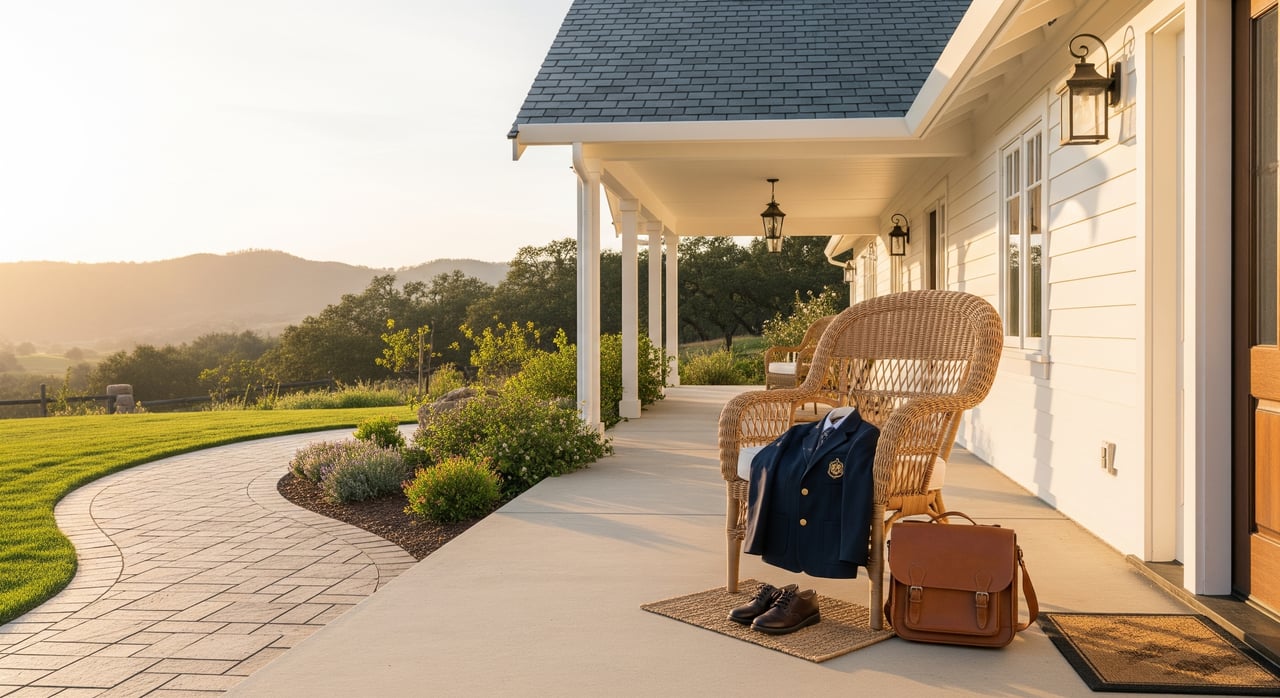
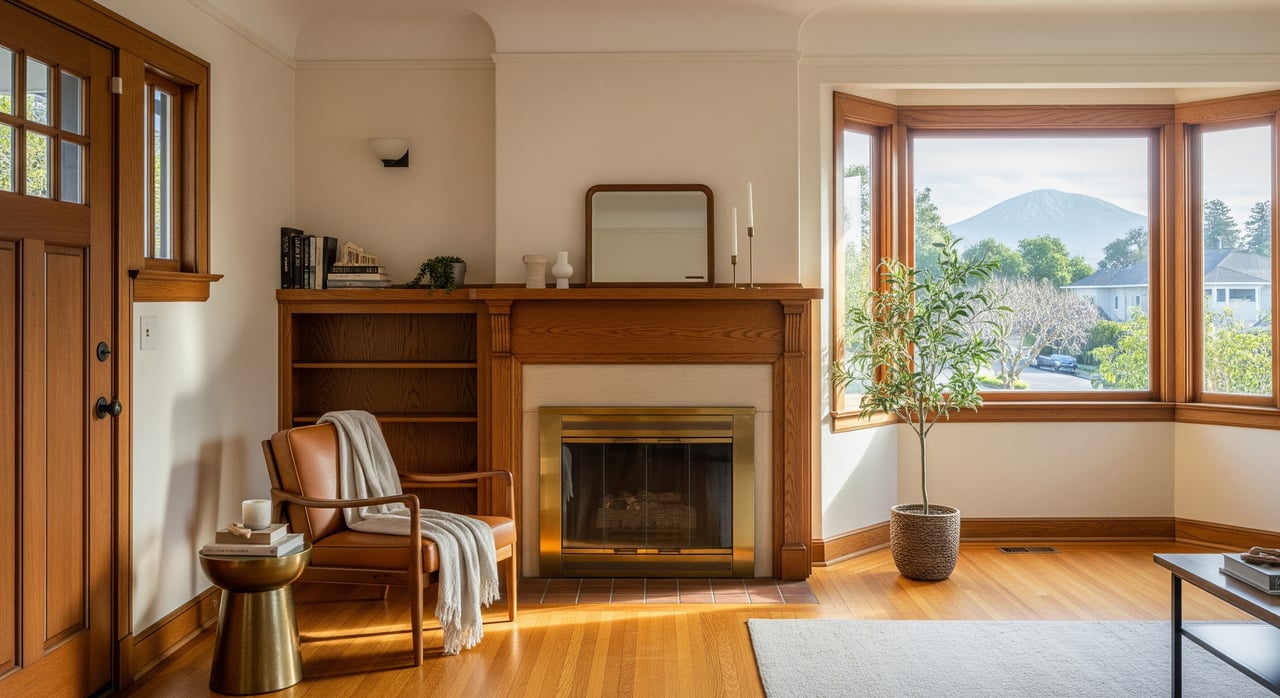
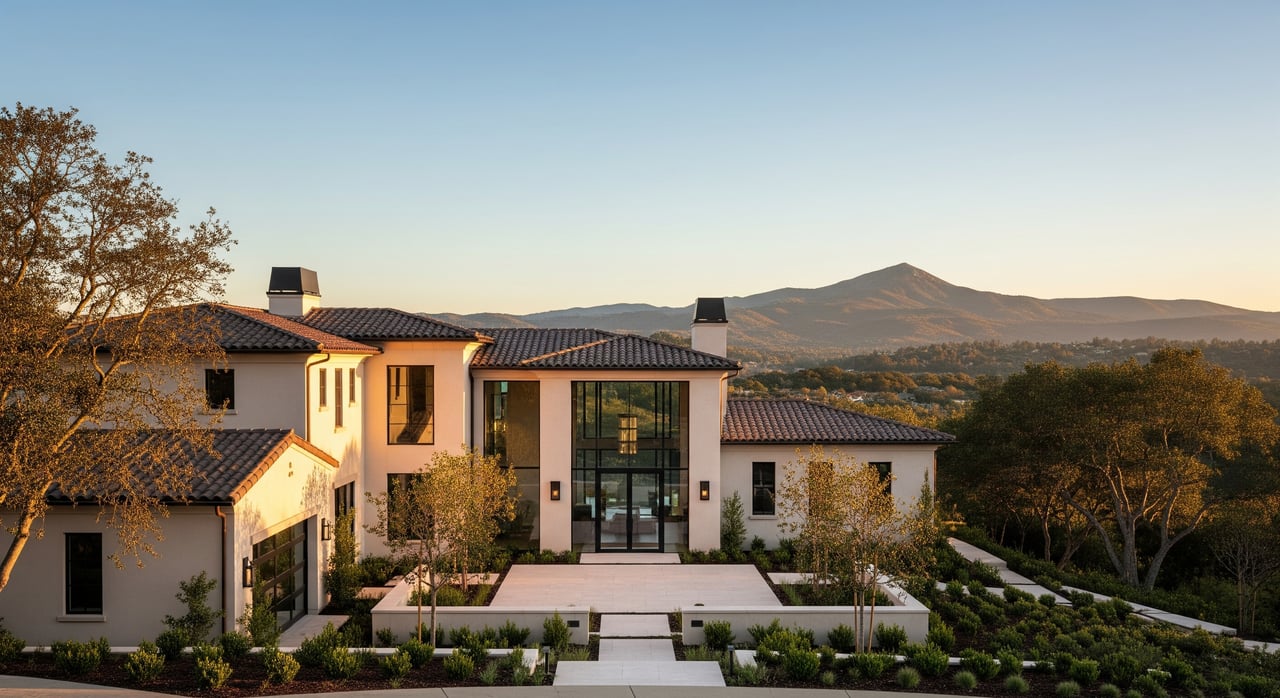
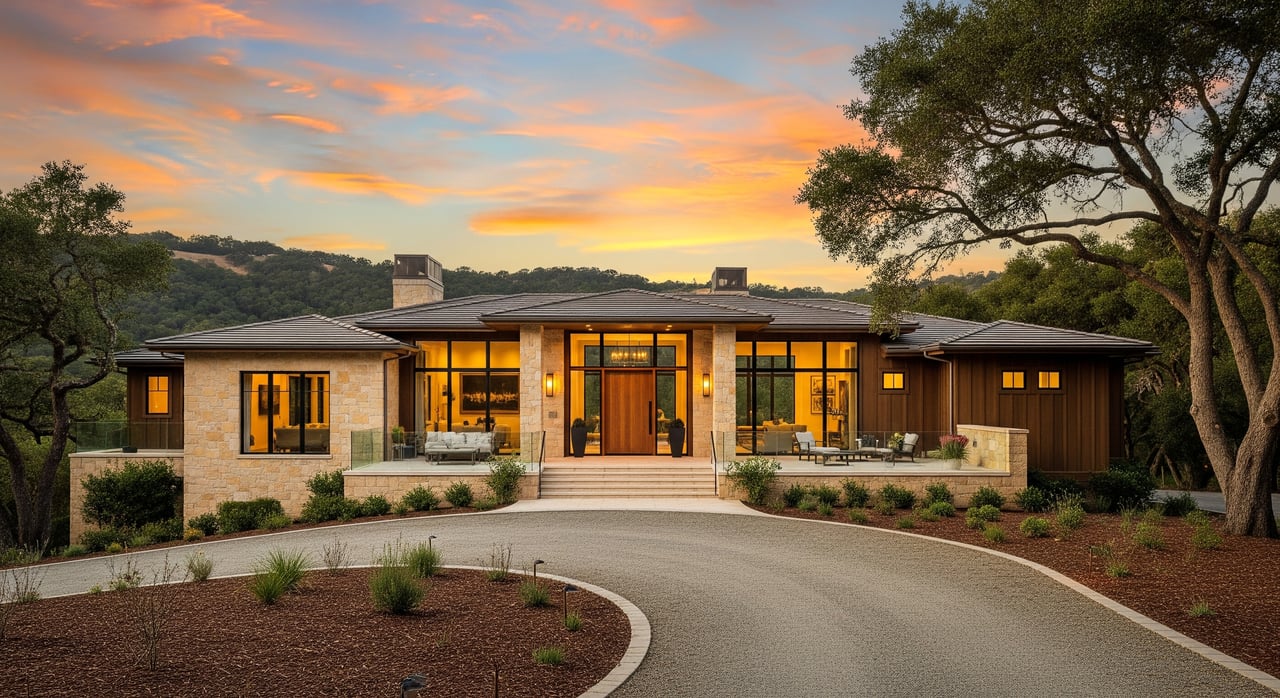


Real Estate
Discover Simple Tips to Lower Your Energy Bills and Boost Savings
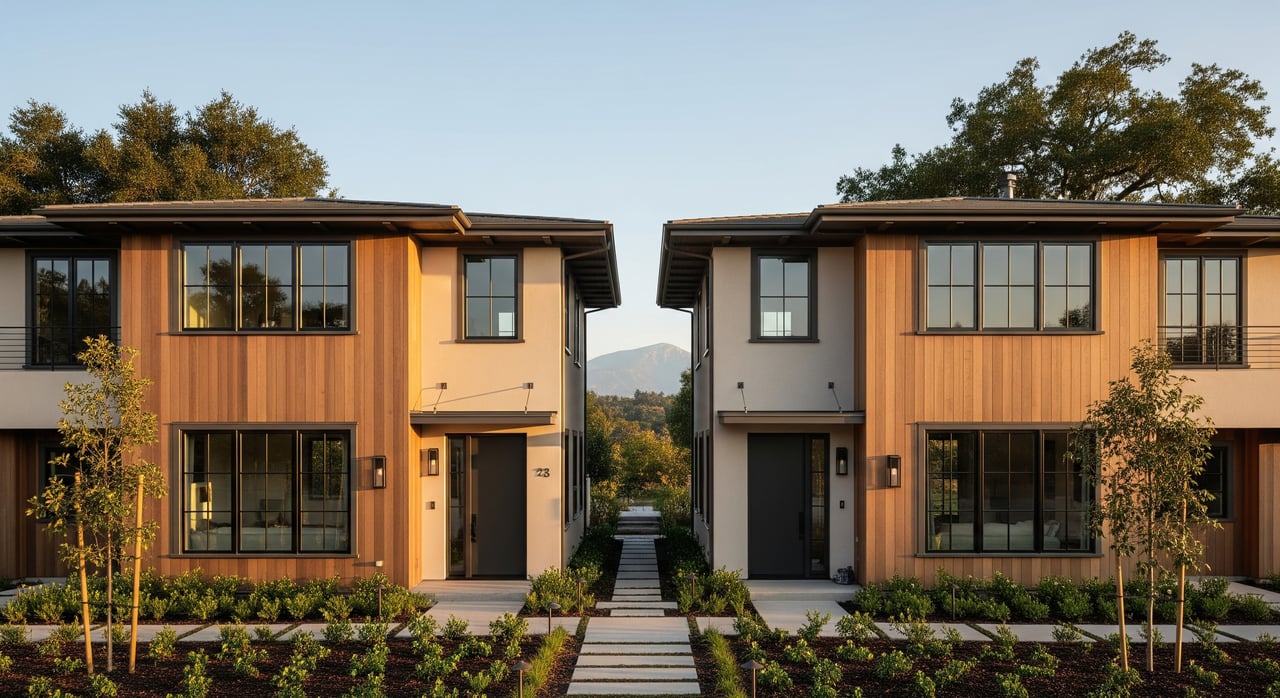

Real Estate
Unlock the Secrets to Acquiring Exclusive Homes in Prestigious Locations

Real Estate
Boost Curb Appeal and Buyer Interest With Strategic Paint Color Choices
Etiam non quam lacus suspendisse faucibus interdum. Orci ac auctor augue mauris augue neque. Bibendum at varius vel pharetra. Viverra orci sagittis eu volutpat.